- JAPANESE
- LANGUAGE
X
 THAT IS GOOD
THAT IS GOOD


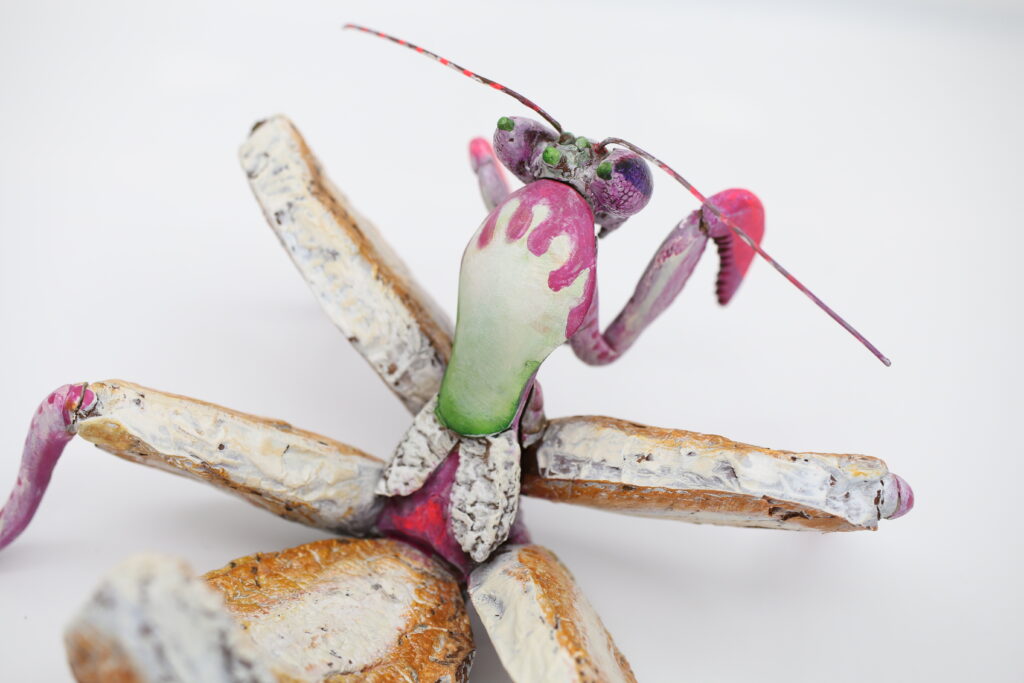
Legal amout : height × width × length =130×200×180(mm)
Materials : Epoxy putty, Sculpey, Sasa-kamaboko (replica)
There are many specialties in Sendai, such as beef tongue and zunda rice cakes, and I was not sure which one to choose, but when I searched for a picture of a “orchid mantis,” which I had wanted to make for a long time, I found that its buttocks looked just like a “Sasa-kamaboko (Bamboo-leaf shaped fish cake)”, so I thought, “This is it!”.

So I bought some sasa-kamaboko and tried to get my friend to mold it for me, but he said he didn’t know what would happen if the material was wet, but I had to do it. I think it was worth the effort, and I think I got a nice wrinkle. I bent it while it was still hot to get the mantis look. I think it is difficult to make room for it, but I wanted to make the butt part a small sasa-kamaboko case.
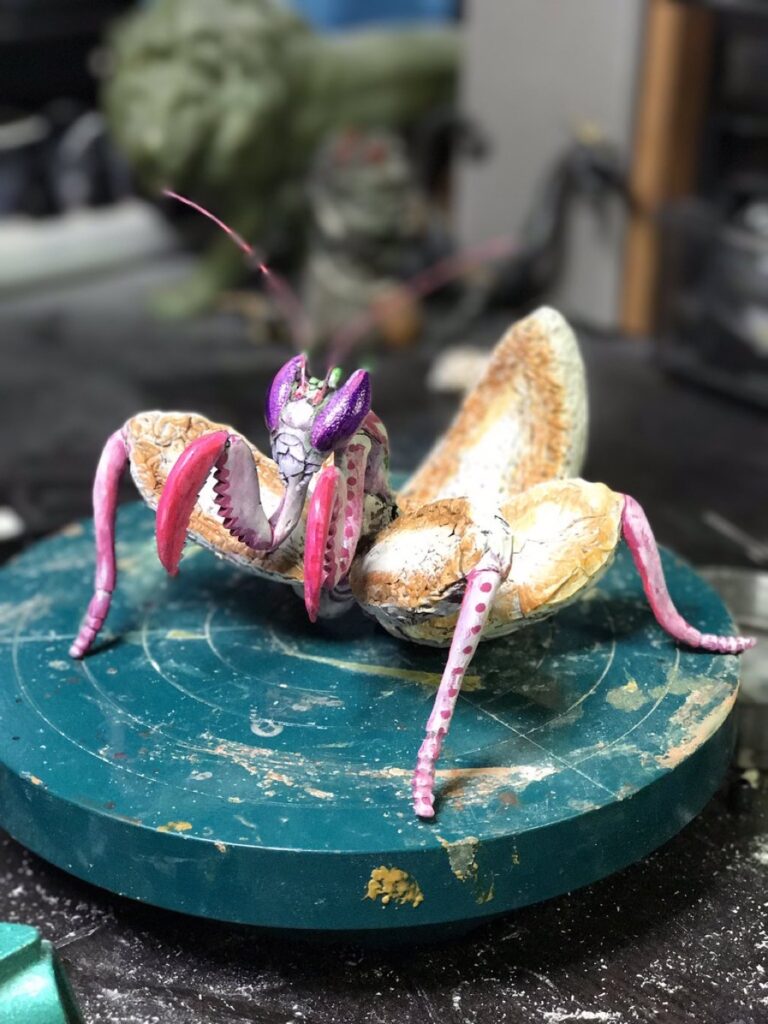
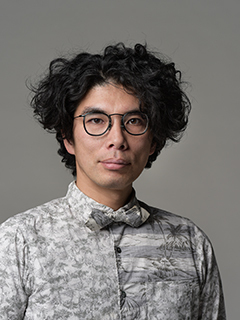
Jin Katagiri
Born November 27, 1973 / Born in Saitama Prefecture / Graduated from Tama Art University
Active in the stage, movies, radio, etc., mainly in TV dramas series. Major appearances in recent years include “99.9% -Criminal Lawyer-” (TBS), “Your Turn to Kill” (NTV), and “NHK Morning drama series Yell” (NHK).
In addition to acting, he also creates clay, and from 2016 to 2018 he held a national tour at the “Jin Katagiri Absurdity Clay Art Exhibit Giri Ten.” In 2019, he is holding his first overseas solo exhibition in Taiwan.
Miyagi Prefecture is located on the east coast of Honshu, north of Tokyo. Facing the Pacific Ocean to the east, the prefecture has rich fishing grounds and scenic tourist spots such as Matsushima, one of the three most scenic spots in Japan. The coastline, including the islands, stretches about 828 km and is divided into north and south by the Oshika Peninsula, which juts out in the center, forming the Sanriku Rias coast in the north and Sendai Bay in the south with flat sandy beaches except for Matsushima Bay. To the west are the mountains of Zao, Funagata, and Kurikoma, which show their seasonal beauty, and in the center is the Sendai Plain, one of the largest granary areas in Japan. The city of Sendai, the capital of the prefecture, is also the center of the Tohoku region, and is famous for the Sendai Tanabata Festival, one of the four major festivals in the Tohoku region, held every August.
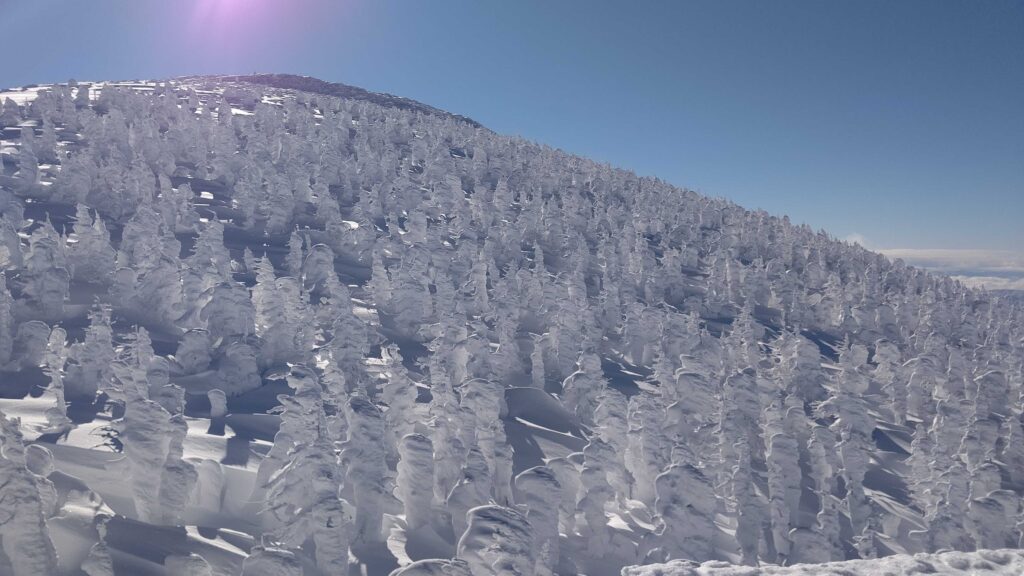
In the series of THAT IS GOOD “Zekkei x DJ,” there are some scenes taken in Zao, Miyagi, so please take a look here.
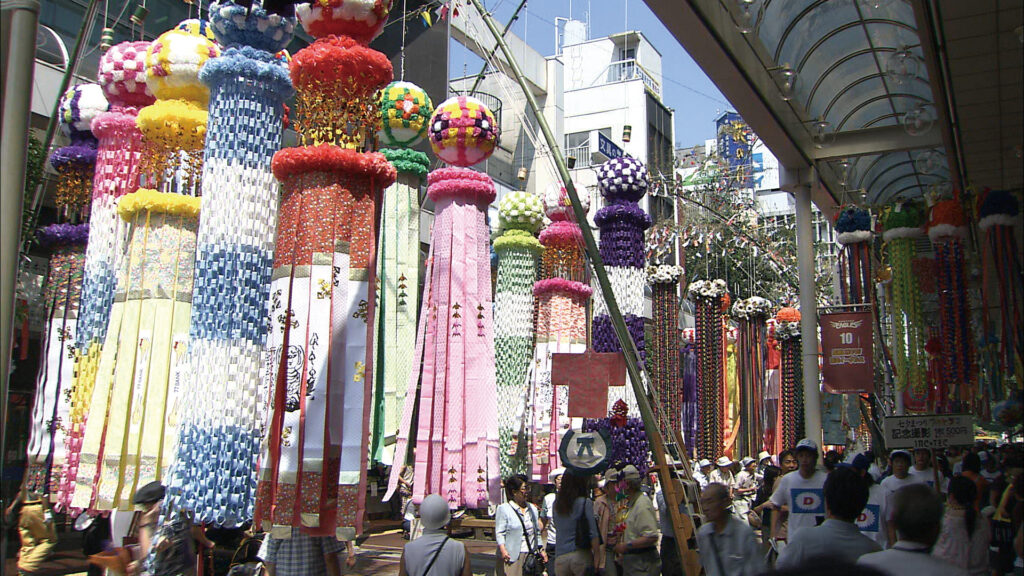
The Sendai Tanabata Festival has been handed down as a traditional event since the days of the feudal lord Date Masamune, and is famous throughout Japan for its combination of the elegance of Japan’s ancient star festival and the splendor of its decorations.
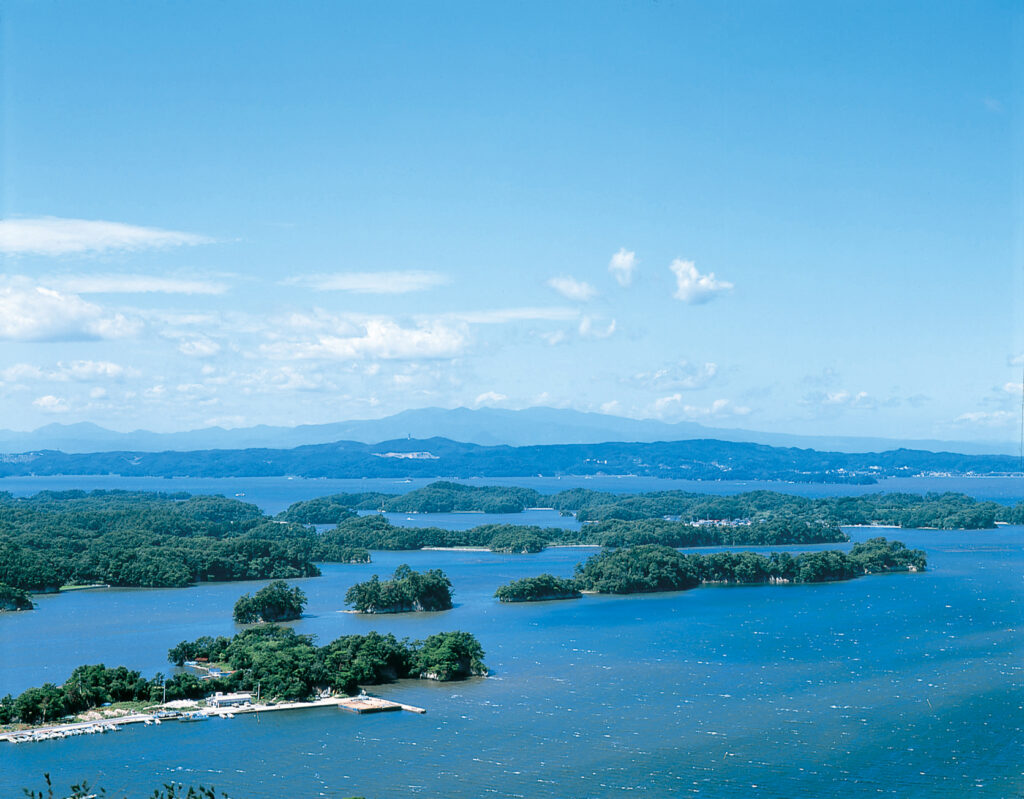
Matsushima (Miyagi Prefecture), Amanohashidate (Kyoto Prefecture), and Miyajima (Hiroshima Prefecture) have been known as the “Three Views of Japan” since the early Edo period, when Shunsai Hayashi wrote about them in his book “Nihon Koku Joseki Ko”.
Before introducing ” Sasa-kamaboko”, let me tell you about the history of kamaboko.
Kamaboko is said to be an original food invented by the Japanese. It is said that the name “kamaboko” came about because it resembles the shape of a common cattail or a spear.
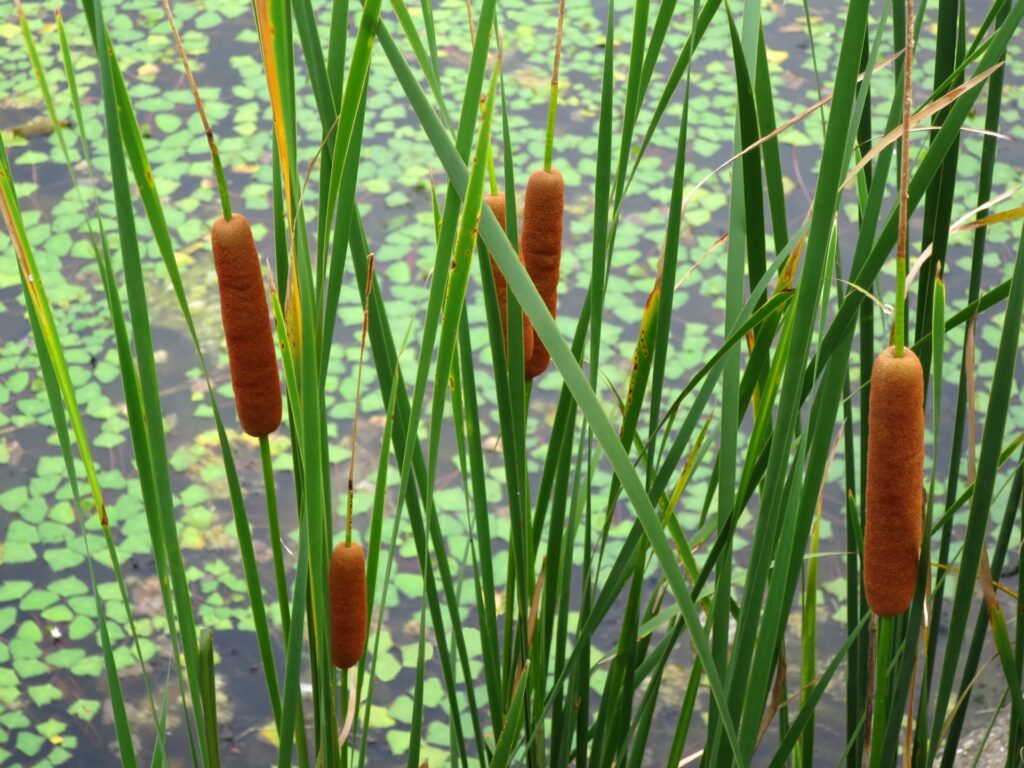
The history of sasa-kamaboko is very old, dating back to the Heian period (1115), when it appeared in a text scroll called Ruiju Zoyosho.
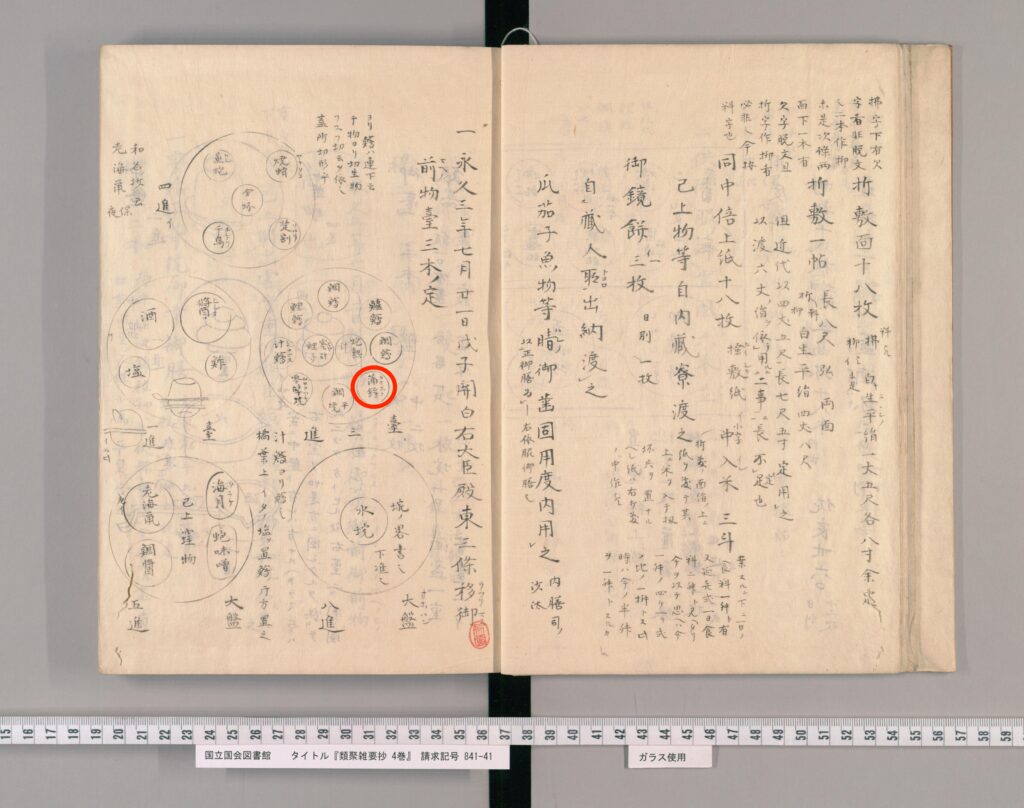
In the past, kamaboko was eaten as a treat, a gift, or a good omen, but since the Edo period (1603-1868), it has been sold as a commodity and has spread throughout Japan.
Surrounded by the sea, Japan is an island nation, and many different types of kamaboko are made from fish caught in each region of the country.
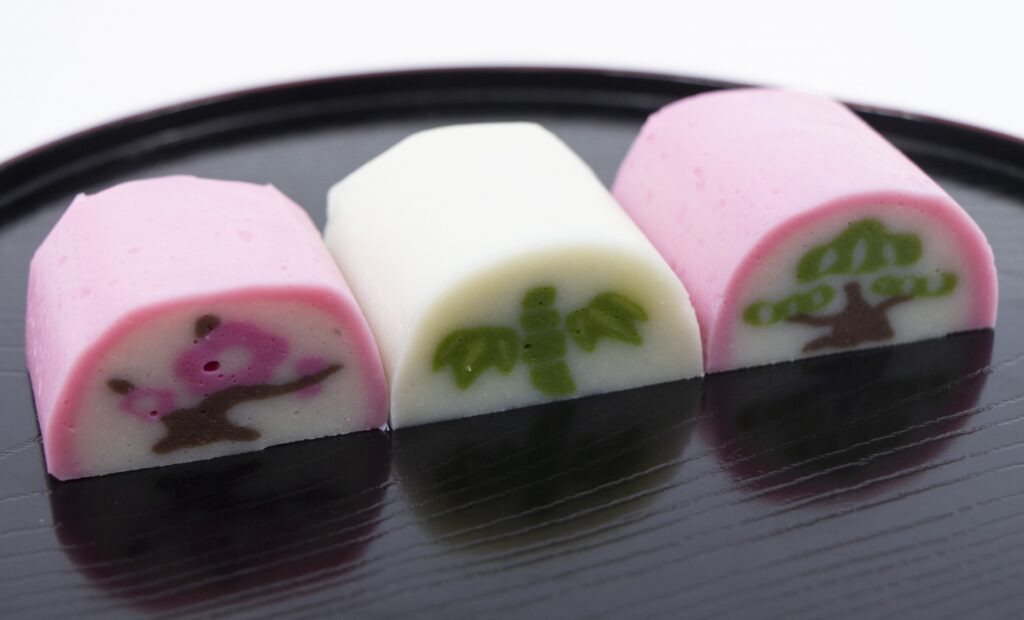
Miyagi Prefecture has the Kinkasan and Sanriku offshore fishing grounds, which are said to be one of the three largest fishing grounds in the world, and boasts the second largest catch in Japan. They have always had an abundance of sea bream, flounder, and salmon, but they didn’t have the technology to freeze and preserve them as we do today, so the problem was how to preserve them when there was a big catch. One of the solutions was to make fish paste from white fish, coat it on bamboo, and bake it as kamaboko. At the beginning of the Meiji era (1868-1912), the fish was ground into fish paste, beaten with the palm of the hand, and baked into the shape of a bamboo leaf, which is said to be the origin of sasa-kamaboko.
Until the Meiji and Taisho periods, it was also called ” Bero-kamaboko,” “Konoha-kamaboko,” or “Tenohira-kamaboko”. Sasa(bamboo leaf) and bamboo have been loved since ancient times for their freshness and elegance, and for their image of continuous development.Then, in the Showa period (1926-1989), the long-established Abe Kamaboko Store in Sendai started to call it “Sasa-kamaboko” after the bamboo, the family crest of the Date family, which is related to Sendai, and the name was gradually standardized in the former Sendai domain. It is now famous throughout Japan as “Sendai’s specialty, sasa-kamaboko”.
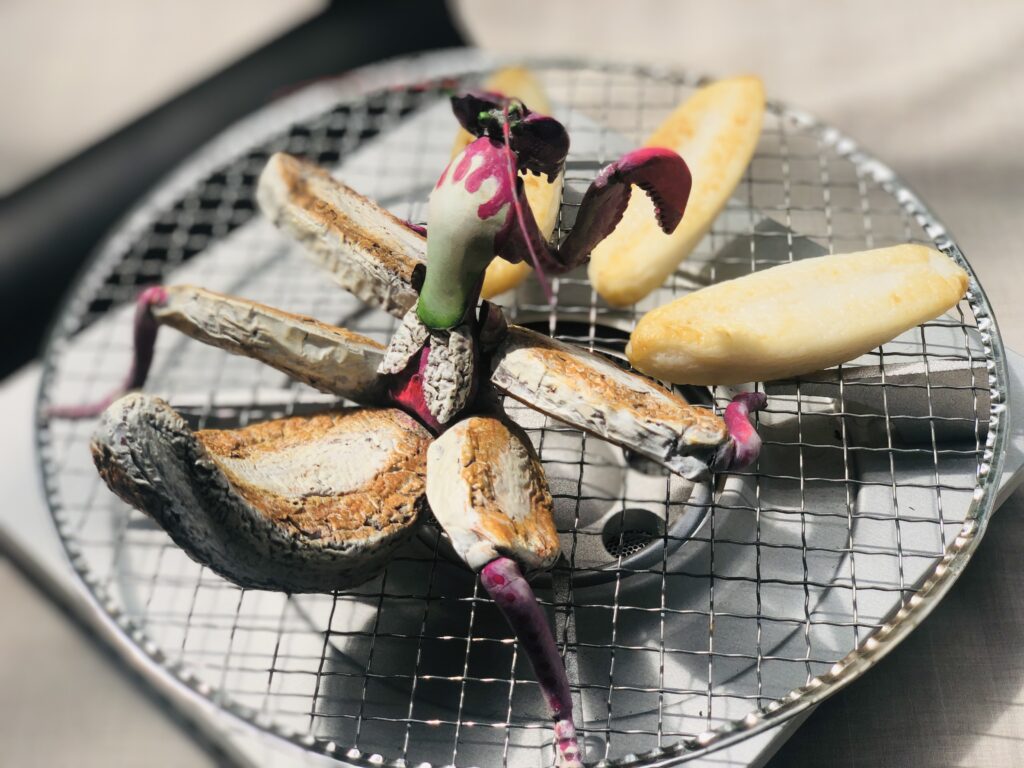
References :
Abe Kamaboko Store:https://www.abekama.co.jp/
Kibun:https://www.kibun.co.jp/index.html
Gyu-tan (beef tongue) comes to mind as a representative of Sendai’s local cuisine. We enjoyed it when we held a Giri exhibition at Aeon Mall Natori in 2017. The beef tongue that you get in the real place is one or two tastes more delicious. In front of me, there were chunks of beef tongue that had been marinated in salt and pepper. As soon as an order is placed, it is grilled over the charcoal fire.
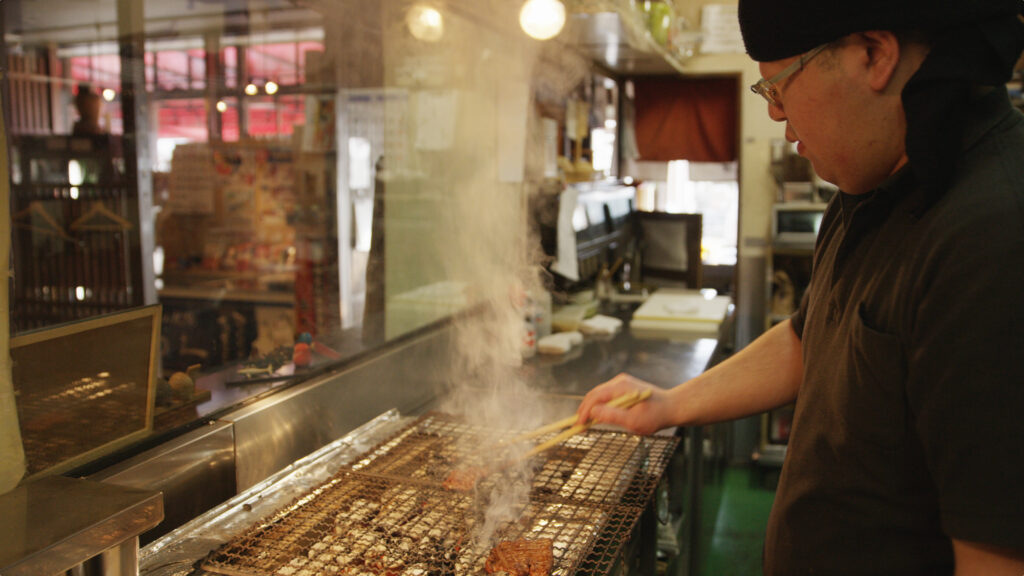
Well, Sendai was not the birthplace of this cow of grilled beef tongue. So how did it come to be one of Sendai’s most popular local delicacies?
It all started in 1948 when Keishiro Sano (the late), the first owner of ” Aji-Taisuke”, opened a restaurant specializing in grilled beef tongue. So Sendai is said to be the birthplace. When it first opened, it was only eaten as a delicacy by a few enthusiasts. However, during the period of rapid economic growth (1950’s to 1970’s), more and more businessmen came to Sendai for job transfers or to work alone, and he (or she) encountered the delicious beef tongue yaki for lunch or at night on the streets.When they returned to Tokyo, the reputation of the beef tongue spread by word of mouth.It is said that at that time, local Sendai people did not have many chances to eat grilled beef tongue.In addition, gyutan became a hot topic in the media for its healthfulness.This trend led to the establishment of new restaurants specializing in grilled beef tongue and the sale of beef tongue at souvenir shops, and it became a Sendai specialty.

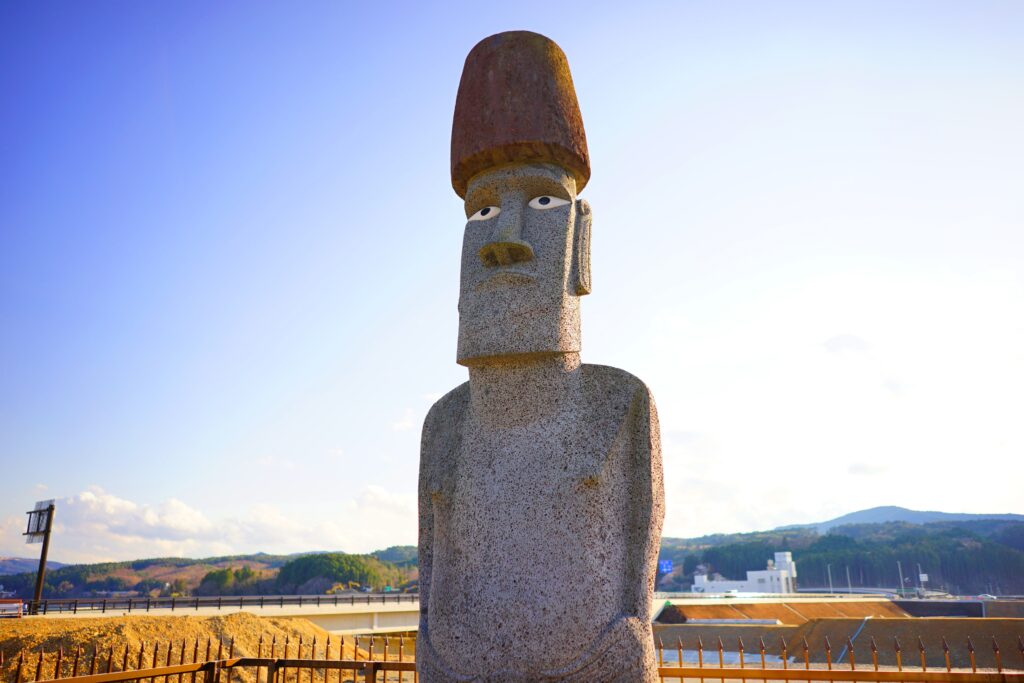
It reminded me of the Giri exhibition at AEON MALL Natori, where the Sasa Mantis was born. It was a series of exhibitions held at AEON MALL Natori, going south from AEON MALL Shimoda (Aomori). So instead of returning to my home (Kanagawa), I moved directly to Sendai to run the Giri Exhibition. When I cooked rice for the first time in my weekly apartment in Sendai, I was so surprised at how good the rice tasted! It was the same rice (that I had in Aomori) but it tasted so different! I guess the water is good. It is called “Sendai, the City of Trees,” but my impression of Sendai is that it has delicious water. Now, as a side note, I got a photo of the moai in Minamisanriku, Miyagi Prefecture, which I briefly introduced in the previous moai. It looks like the brother of Mr. Katagiri’s Mo iphone, so I would like to introduce it here.
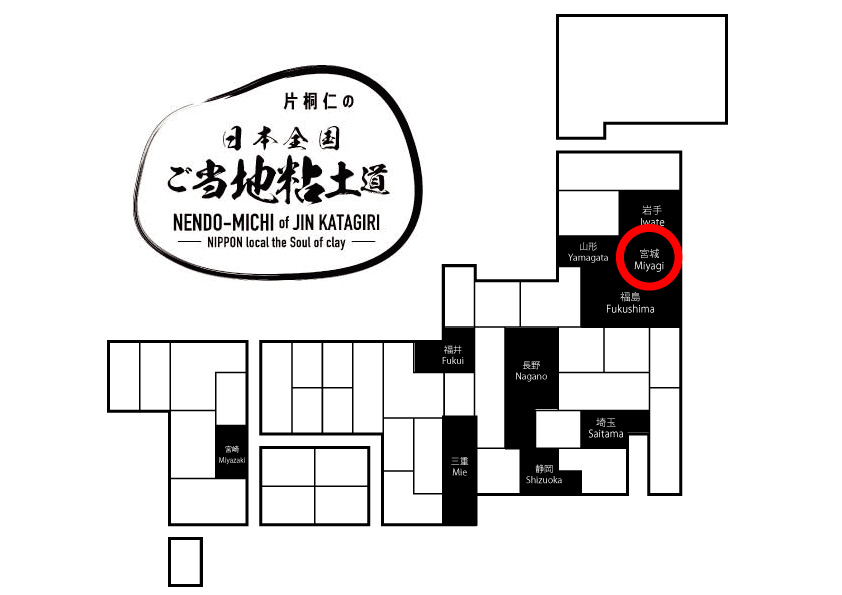
TEXT:THAT IS GOOD editorial department, Fujita